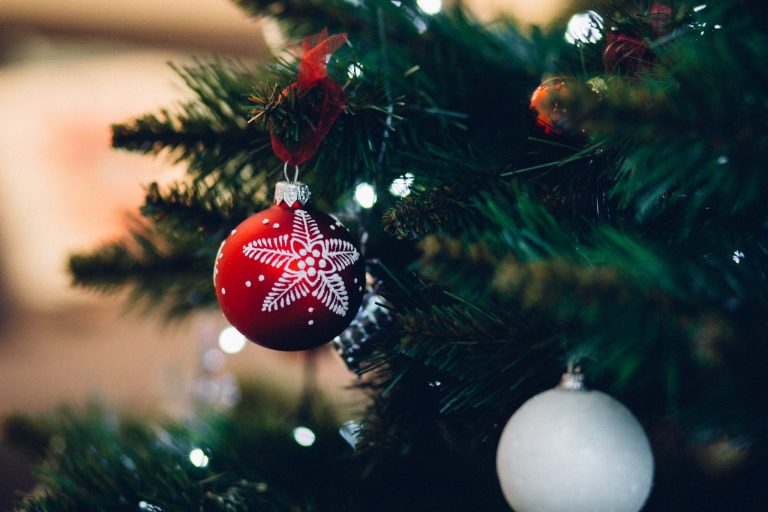One of the often-overlooked beauties of Christmas is that it can have so many different meanings for different crowds. For devout Christians, it is a joyful reminder that their loving god abased himself to reach the lowliest corner of creation and fill it with hope. This is the belief of our Mennonite neighbours who have been farming the fields on the Ontario peninsula for more than two centuries. For those of us who came later to this land and have much lighter, if any, Christian backgrounds, Christmas tends to be a special time to celebrate family and friendship. Yet other Canadians have nothing to do with the Christian roots but still extend cordial wishes to their colleagues and neighbours. They, too, want to enjoy a time of rest before January’s busy schedule takes command of our lives, again.
The desire for warmth and harmony around the shortest day of the year has roots much older than Christianity. It was the season’s darkness that gave birth to rituals of light and life. The ancient Egyptians revered the Sun under the names Amun and Ra. By the third century CE, the most popular god in the Roman Empire was no longer Jupiter the Thunderer but Sol Invictus the “Invincible Sun”. He who gave hope of salvation in times of darkness had borrowed some of his characteristics from Amun-Ra, others from the Persian Sun god Mithra, the protector of the fighters against evil. Sol’s birthday was celebrated around Dec. 25 with sploshy gladiatorial games and chariot races spread over these days.
Early Christian authorities demonized attending such bloody events but they prevailed only after appropriating much of the ceremonies and establishing heart-warming rituals sweetened with all kinds of goodies. Whether the Christians learned about the lasting effect of pleasing the soul together with the senses from their Jewish fellows, I cannot say, but Hanukkah is celebrated only a few days earlier. It commemorates the purification of Yahweh’s Temple in Jerusalem, centers much of its ritual among the nine-armed candelabra, but without the many treats it may not have become such a religious and social experience.
Some of our friends hold on to their Dutch tradition of giving out a particular sweet on December 6: the first letter of our names made from chocolate express how dear we are to them. This is how they remember Sinterklaas, whom we call Nikolaus in German or Saint Nicholas in English. He was a charitable bishop somewhere in Asia Minor around 300 CE. Later on, he became the protector saint of seafaring nations, before developing into Santa Claus only recently.
The tree is a German addition to the Christmas ceremonies. It draws on pagan fertility rites, christened through the biblical motif of the tree of life, decorated with sugar-coated apples. Traditionally, it was illuminated with candles, whose places have mostly been taken by powered stars, the background of all those lights that flood North American front yards in this season. Decorating the Christmas tree is a tradition that I cherish from my childhood in Germany. Encouraged by one of my Mennonite friends, my children’s memory will include the collaborative tree hunt, which has become an important ritual in my family.
The great thing about Christmas in its multicultural Canadian context is that it offers a wide range of rites, symbols and practices that may be the source of joy for those who relate or of fulfillment for those who want to reflect on its rich symbolism. No single community owns an exclusive right to any of those traditions and they are enjoyed most when shared with respect, generosity and, not least, curiosity.

